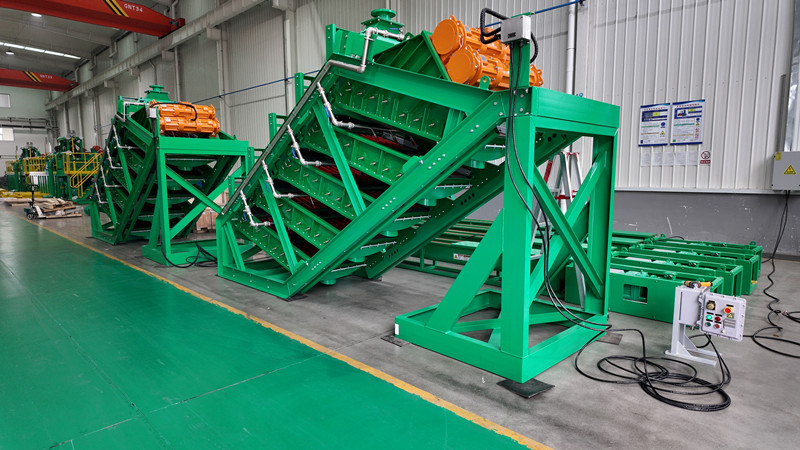In the world of mining, efficiency is everything. For iron ore projects here in China, the challenge is clear: how to process more material, faster, and with less energy, all while meeting strict environmental standards. The answer often lies in the technology we use for one of the most fundamental steps – screening.
Imagine a single screening unit that does the work of several traditional screens. That’s the core idea behind the GN Five-Deck Screen. Instead of having a single layer for separation, this innovative machine stacks up to five screens on top of each other. This compact, vertical design is a huge space-saver for processing plants, but its real advantage is a massive boost in processing capacity.
Multi-Layer Power: This is its standout feature. A single stream of iron ore slurry (a mix of ore and water) is fed onto the top screen. As the material moves down, each subsequent screen has a finer mesh. This allows for incredibly precise classification of particles into different size fractions – all in one pass. You get several accurately sized products from a single machine.
- High-Frequency Vibration: Driven by two powerful, self-synchronizing motors, the screen generates a high-speed, linear vibration. This sharp, rapid movement is perfect for dealing with fine, damp materials common in iron ore processing. It keeps the material fluid, prevents the screen meshes from clogging, and ensures a clean, efficient separation.
- Built to Last: Iron ore is tough and abrasive. GN screens are built to handle this challenge. The screen panels are often made from durable polyurethane, which is highly resistant to wear and tear, lasts much longer than metal wire, and is less prone to blocking. The robust steel structure is designed for continuous, heavy-duty operation with minimal maintenance.
How does this advanced design translate into real-world benefits for an iron ore processing plant? Let’s look at two key applications:
- Closed-Circuit Grinding: This is where the GN screen truly shines. In a typical grinding circuit, a ball mill crushes the ore, and a hydrocyclone classifies it. However, hydrocyclones aren’t perfect and can send a lot of fine, already-ready material back to the mill. This “over-grinding” wastes energy. By installing a GN Five-Deck Screen to precisely capture these fine particles, you significantly reduce the load on the mill. The result? Higher throughput, lower energy consumption, and a better-quality final concentrate.
- Dewatering and Tailings Management: Water management is crucial. The GN screen excels at dewatering fine iron ore concentrates or tailings (the waste material). Its high-frequency action effectively shakes water out of the slurry, producing a drier product. For tailings, this means they can be stacked drier and safer, reducing the environmental footprint and the risks associated with large tailings ponds.
- Increased Capacity: Process more tons per hour within the same footprint.
- Lower Operating Costs: Save significantly on energy, especially by optimizing the grinding circuit.
- Improved Product Quality: Achieve sharper particle size separation for a higher-grade concentrate.
- Enhanced Sustainability: Reduce water usage and manage tailings more responsibly.
As China continues to focus on maximizing the potential of its domestic iron ore resources, technology like the GN Five-Deck Screen is no longer just an option—it’s a strategic advantage. It represents a step forward towards smarter, greener, and more profitable mining operations.

